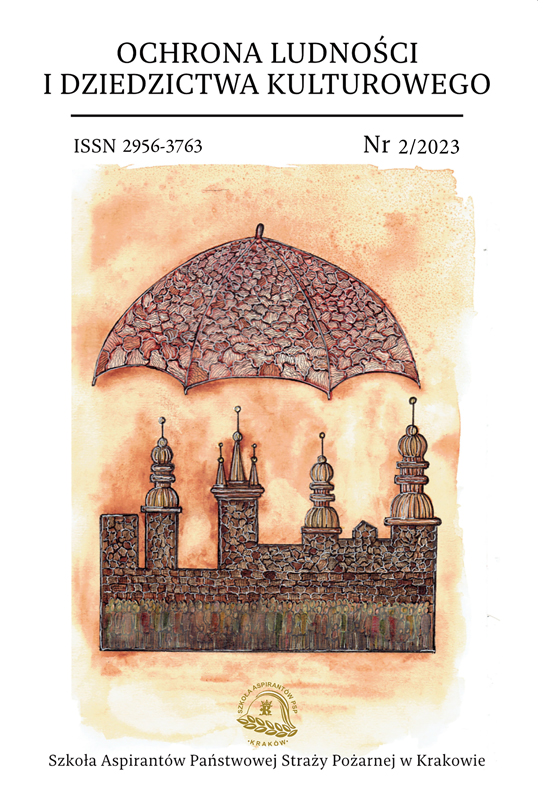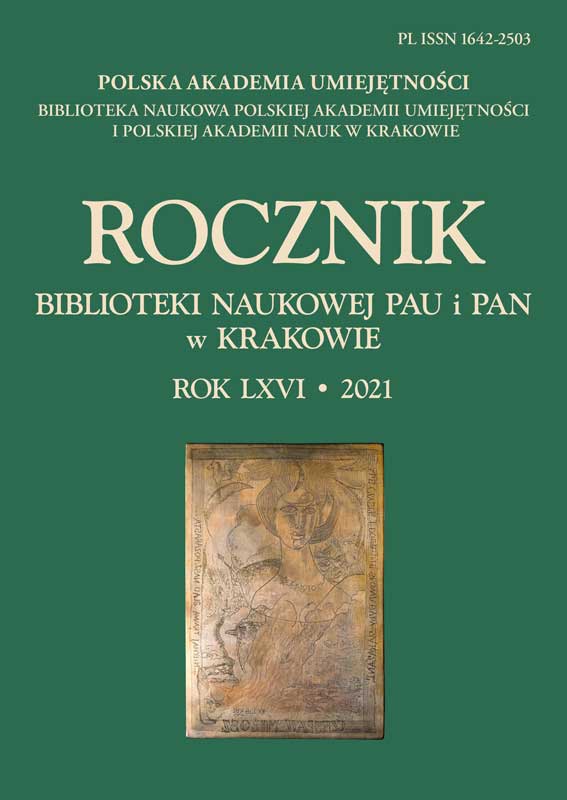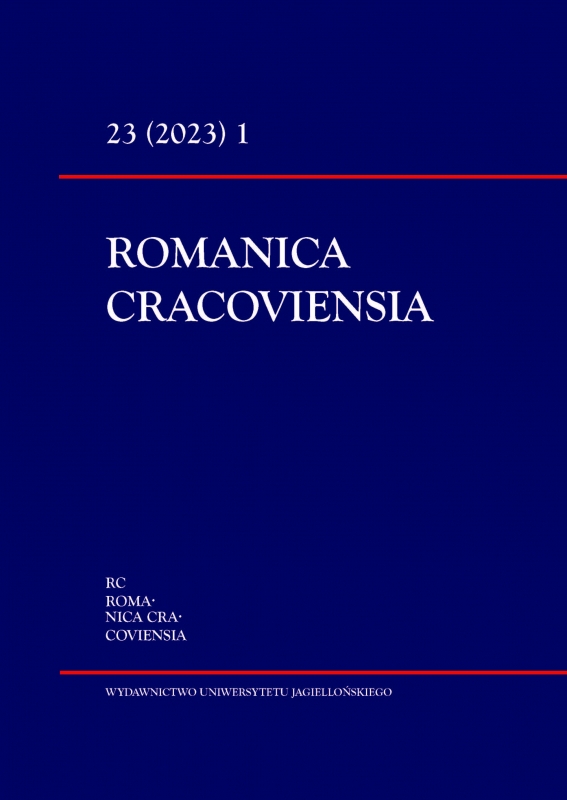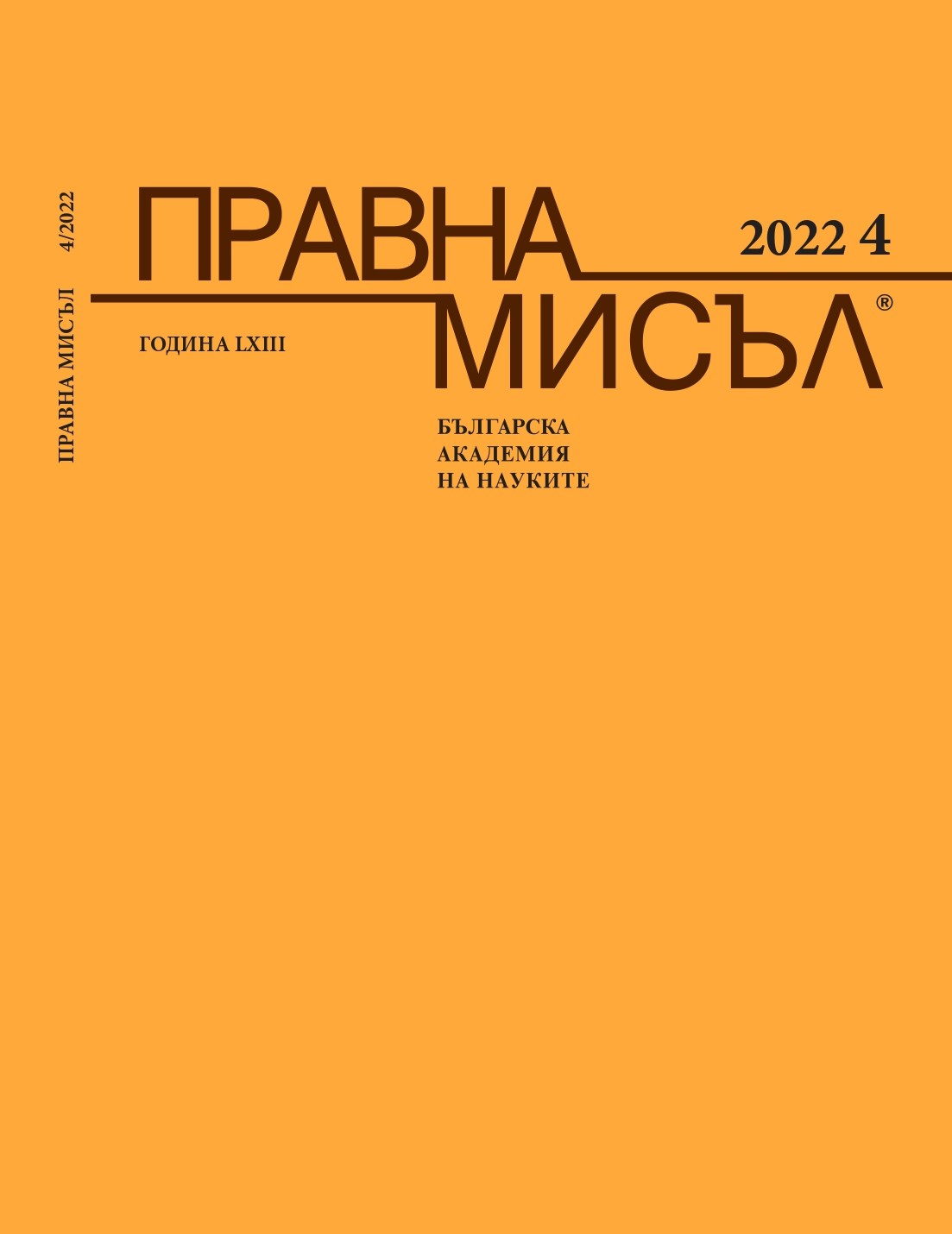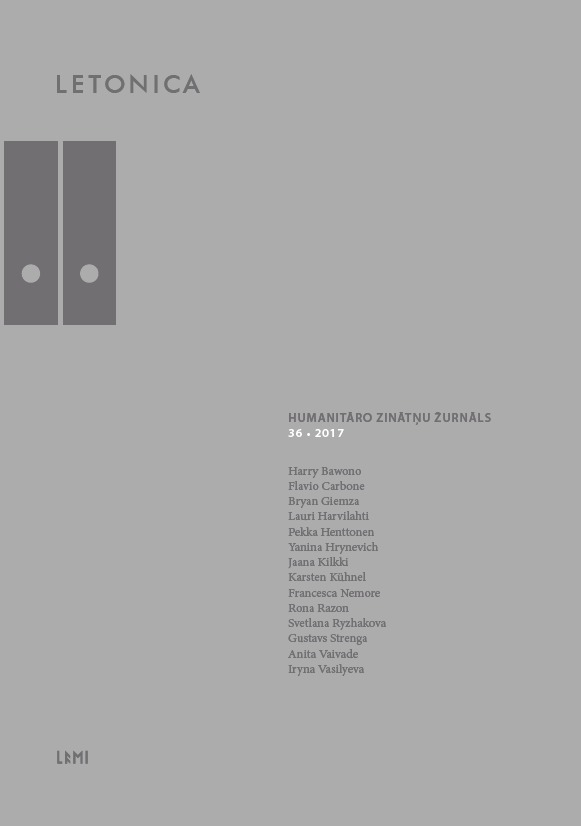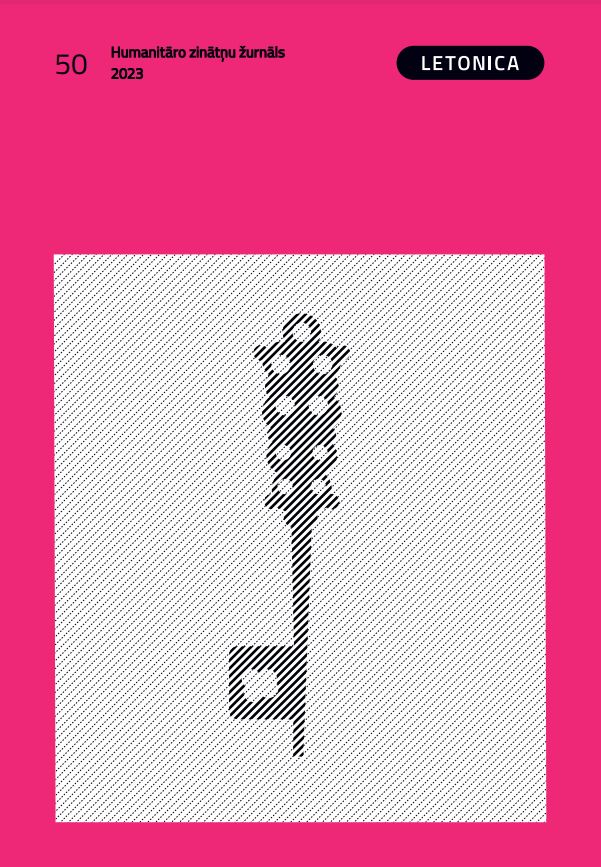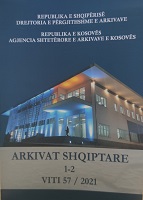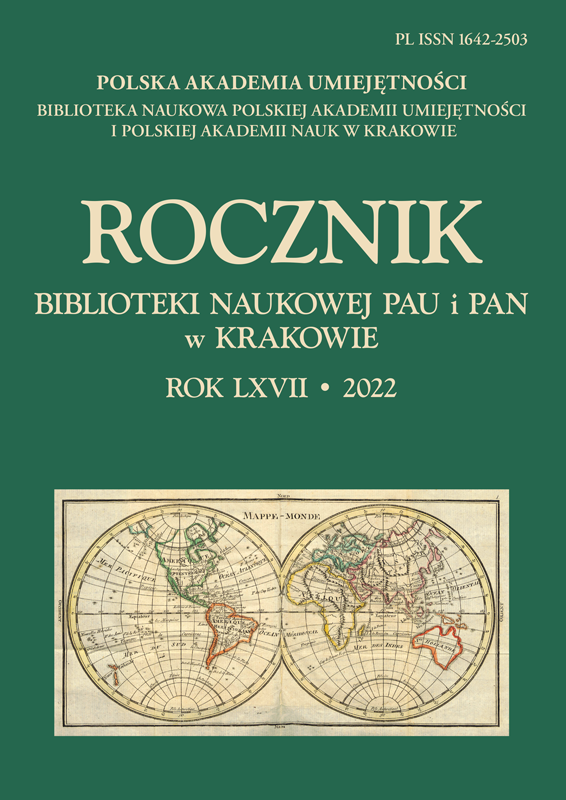
Dawne fotografie dotyczące życia i twórczości Jana Matejki w zbiorach Archiwum Narodowego w Krakowie
The collection of the National Archives in Cracow contain 66 photographs related to Jan Matejko. They were taken in the period from 1860s till 1939, mostly by photographers from Cracow and Warsaw, but the authorship of some of them remains unknown. Due to their subject, the photographs may be divided into four groups: 1) presenting Jan Matejko (6 likenesses) and documenting his funeral (2); 2) photographs documenting the artist’s works (47 items); 3) photographs related to Jan Matejko’s house as a museum (7 photographs) and 4) photographs taken during Jan Matejko’s 100th birthday anniversary (4 photos). Most of the photographs, that is 47, have been donated. But the Archives also tried to purchase some key materials. This way 14 (or 15) photographies have been obtained. The provenance of 3 of the photographs remains unknown.The photographs gathered in the National Archives in Cracow create an interesting collection, which, although not very wide, contains some precious items (works lost or damaged during World War II), which are particularly important for the researchers interested in the artist’s life and activity. Especially on the grounds that every photograph related to Jan Matejko is of undeniable value.
More...
